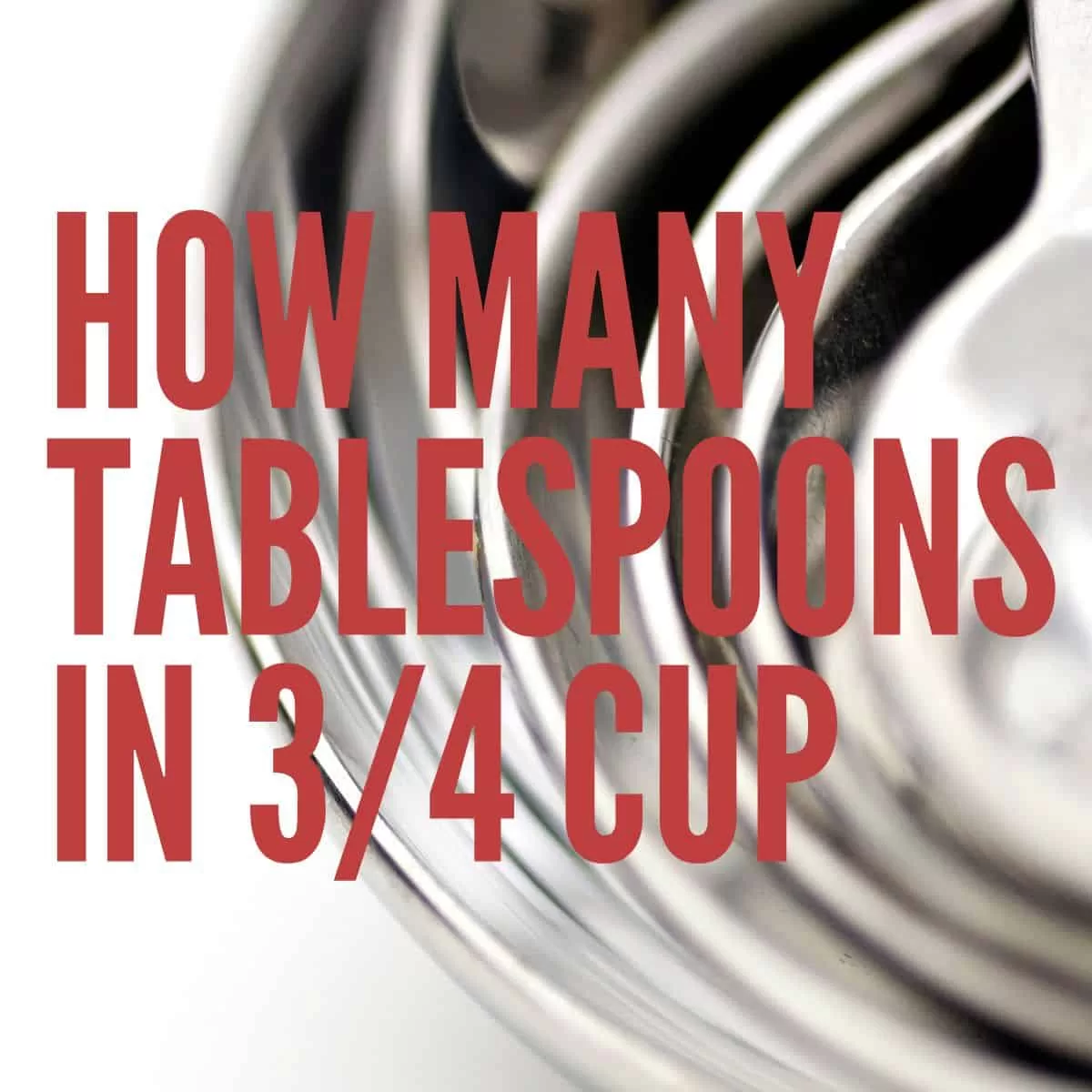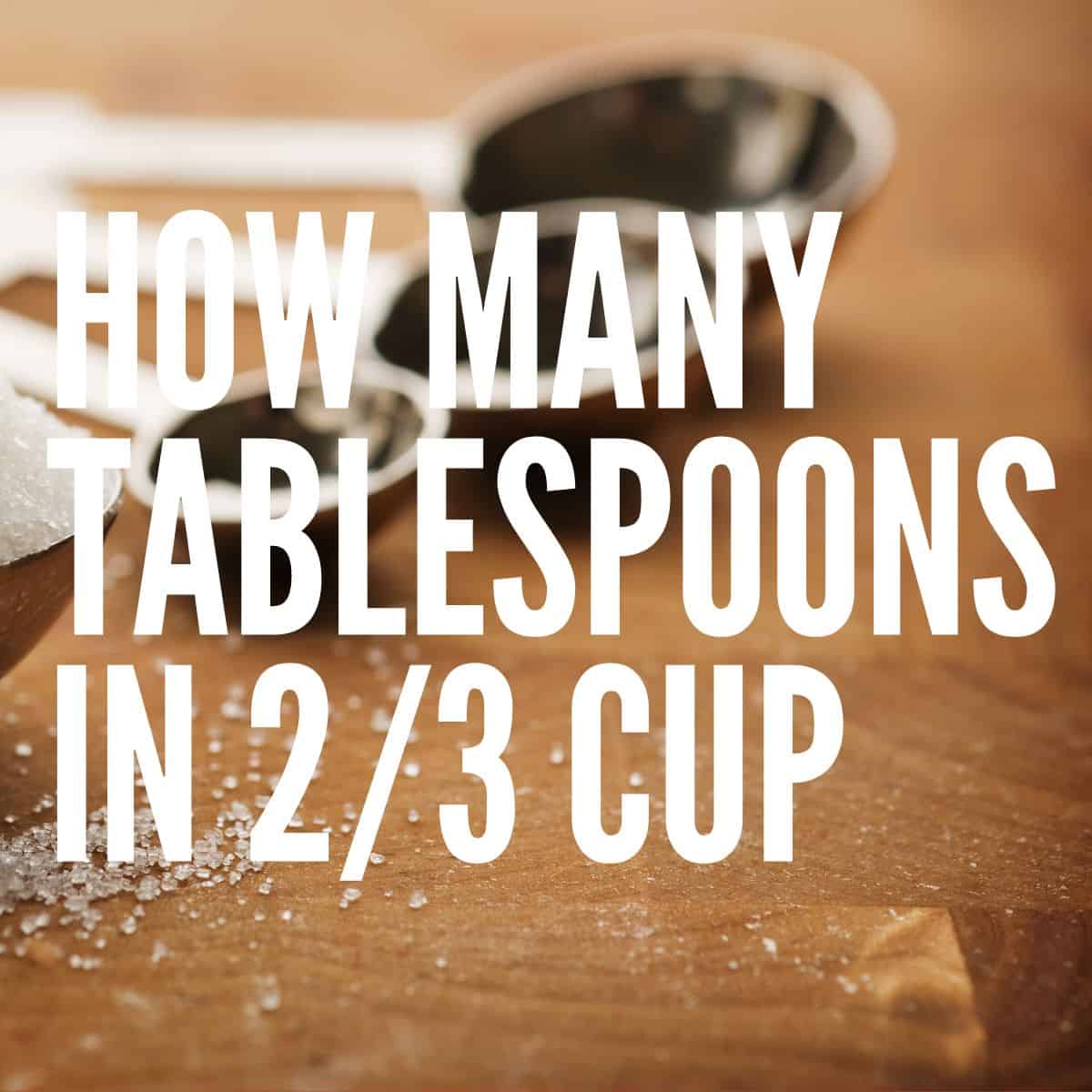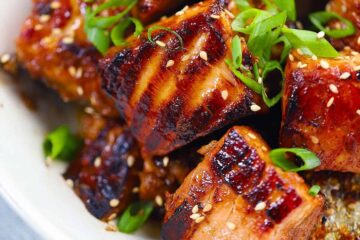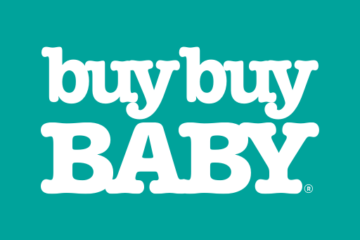Are you trying to convert 4 cups to ounces but don’t know how to do it? Well, you’ve come to the right place! In this article, we will answer the question “how many ounces in 4 cups?” and provide you with all the information you need to make the conversion.
First of all, it’s important to know that cups and ounces are both units of volume, but they are not interchangeable. Cups are used more commonly for measuring liquids, while ounces are used for both liquids and solids.

Now, let’s get down to business. How many ounces are in 4 cups? The answer is 32 ounces. To understand why, we need to know that one cup is equal to 8 fluid ounces. Therefore, 4 cups multiplied by 8 ounces per cup gives us a total of 32 ounces.
It’s essential to note that this conversion only applies to liquid measurements. When measuring solids, such as flour or sugar, the weight of the ingredient may vary, making the conversion more complicated. In such cases, it’s advisable to use a kitchen scale for accurate measurements.
When cooking or baking, it’s crucial to have the right measurements to ensure the dish comes out perfectly. Measuring cups are a common tool used in the kitchen to measure liquids accurately. These cups usually come in sets of 4, including 1 cup, 1/2 cup, 1/3 cup, and 1/4 cup. Each cup is marked with its equivalent measurement in fluid ounces, making it easier to measure the correct amount.
Measuring cups can also be used to measure dry ingredients, but it’s essential to note that the measurement may not be as accurate as using a kitchen scale. A kitchen scale measures weight, which is more accurate than measuring by volume.
In summary, 4 cups are equal to 32 fluid ounces. This conversion only applies to liquid measurements, and it’s essential to use the correct tools when measuring ingredients to ensure accurate measurements. Measuring cups are a great tool to have in the kitchen for measuring liquids, but for solids, a kitchen scale is recommended for accuracy.

Now that you know how to convert 4 cups to ounces let’s put that knowledge into practice with a few examples. Suppose you need to make a recipe that calls for 4 cups of milk. If you want to know how many fluid ounces of milk you need, simply multiply 4 cups by 8 ounces per cup, which gives you 32 fluid ounces.
Another example is when you need to measure 4 cups of flour for a recipe. Remember that measuring flour by volume is not as accurate as measuring by weight. However, if you don’t have a kitchen scale, you can still use a measuring cup. Four cups of all-purpose flour weigh approximately 17.6 ounces or 500 grams.
In conclusion, knowing how to convert cups to ounces is essential for any home cook or baker. It allows you to measure ingredients accurately and ensures that your dishes come out perfectly every time. Remember that the conversion only applies to liquid measurements, and it’s essential to use the correct tools when measuring ingredients. With this knowledge, you’re now ready to tackle any recipe that comes your way!
It’s important to note that the conversion factor between cups and ounces may vary depending on the specific ingredient being measured. For example, the weight of a cup of flour may be different from the weight of a cup of sugar due to differences in their densities. Therefore, it’s important to check the conversion factor for each specific ingredient.
Another thing to keep in mind is that the size of the measuring cup can also affect the conversion factor. Standard measuring cups are usually designed to measure exactly one cup, but some may be slightly larger or smaller. This can result in a slight difference in the conversion factor and can affect the final result.
When it comes to measuring liquids, it’s important to use a liquid measuring cup, which typically has a spout for pouring and a clear, graduated scale on the side. This allows you to accurately measure the amount of liquid you need, without having to worry about spills or overpouring.
For dry ingredients, measuring cups are often used, but as mentioned earlier, a kitchen scale is more accurate for measuring solids by weight. A kitchen scale can also help ensure that you are using the correct amount of an ingredient, which is especially important when baking, where even small variations in ingredients can affect the outcome of the recipe.
In addition to measuring cups and scales, there are also other tools that can be useful in the kitchen for measuring ingredients. For example, measuring spoons are often used to measure small amounts of ingredients, such as spices, vanilla extract, or baking powder. These spoons usually come in sets of different sizes, such as 1/4 teaspoon, 1/2 teaspoon, 1 teaspoon, and 1 tablespoon.
When using measuring cups or spoons, it’s important to remember a few tips to ensure accurate measurements. First, make sure to level off the ingredient being measured to avoid packing in too much. For example, when measuring flour, use a spoon to scoop it into the measuring cup, then level it off with a knife. Second, make sure to use the correct measuring cup or spoon for the ingredient being measured. Finally, make sure to measure the ingredient on a flat surface to avoid any inaccuracies due to an uneven surface.
In conclusion, knowing how to convert cups to ounces is an essential skill for any home cook or baker. It allows you to accurately measure ingredients and ensures that your dishes come out perfectly every time. While measuring cups and spoons can be useful tools in the kitchen, it’s important to remember that they may not always provide the most accurate measurements, especially for solids. A kitchen scale is often a better option for measuring by weight, and it’s important to check the conversion factor for each specific ingredient being measured. With these tips and tricks, you can measure with confidence and create delicious dishes in your kitchen.

















